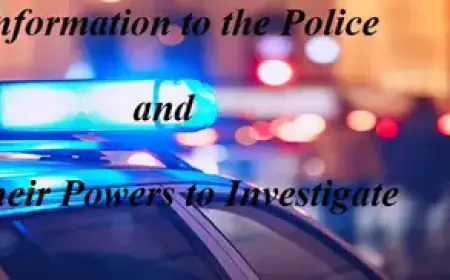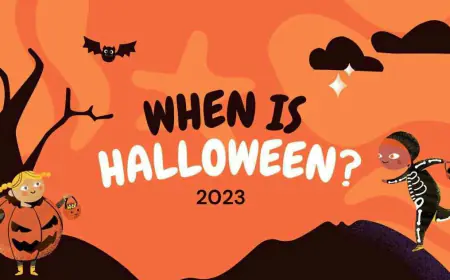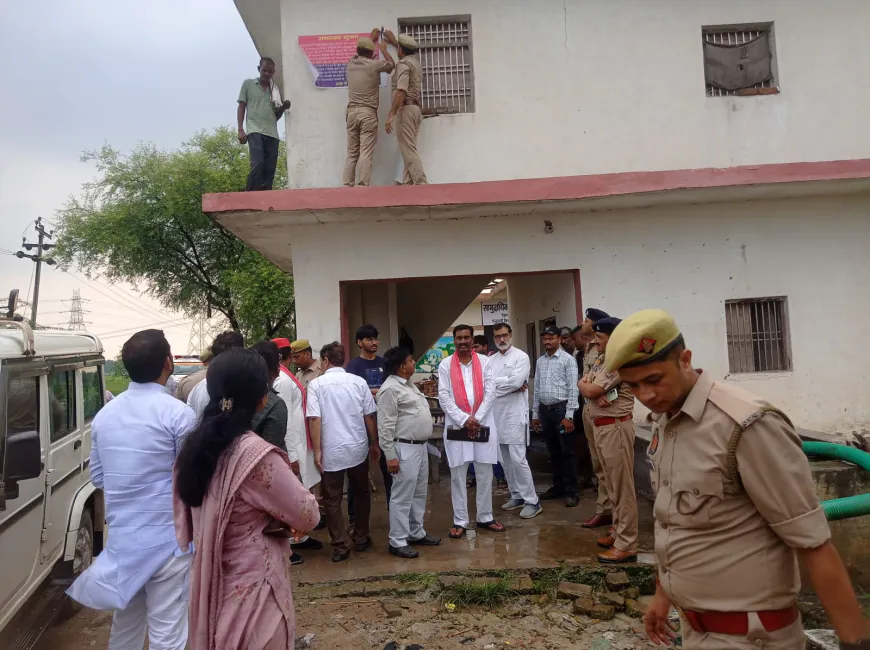The Unspoken in the Classroom — By Vijay Garg

The Unspoken in the Classroom — By Vijay
Garg Every classroom has two worlds — the one that is seen, and the one that is silently felt. The spoken world is filled with lessons, lectures, and questions. The unspoken one is made of glances, hesitations, silences, and emotions that never find words. Yet, it is this unspoken world that often shapes the true learning experience of students. In most classrooms, teachers focus on what is said — the syllabus, the answers, the discussions.
But much of education lies in what is unsaid. A student’s silence might not mean ignorance; it could mean fear, confusion, or even a quiet protest. The way a teacher looks at a student, the tone in which a question is asked, or the attention given to one and not another — all send subtle messages that impact confidence, curiosity, and motivation. There is also an unspoken relationship of trust between students and teachers. When a teacher listens with empathy, even without saying much, students feel safe to express themselves. When the environment is filled with judgment or pressure, learning becomes mechanical. Emotional safety is rarely discussed in education, but it is the soil in which creativity and critical thinking grow. The unspoken also lives among students — in peer acceptance or rejection, in quiet encouragements, in shared struggles during group work.
These invisible exchanges often determine whether a child feels included or alienated. True educators learn to read the unspoken — the body language, the pauses, the shifting energy in a room. They teach not just through words but through presence, patience, and understanding. Non-Verbal Cues: Teachers constantly adapt lessons based on observations of student body language, tone, and participation. These unspoken cues inform the teacher's interpretation of engagement and comprehension, which can be skewed if only the fastest or most eager students participate. * Silent Agreement: In some cases, students who might have an alternative answer (e.g., "no") may hear their quicker-responding peers call out the opposite (e.g., "yes") and unconsciously change their mind to conform to the group consensus.
The Emotional and Personal Unspoken Perhaps the deepest layer of the unspoken involves the personal and emotional realities students bring into the classroom that go unaddressed: * Hidden Struggles: Students may carry the silent pain of home issues, anxiety, or personal difficulties. Teachers are often in a position to be a listener for these "not so perfect stories." * Behavioral Misinterpretations: There can be an unspoken, and often incorrect, assumption that a student who struggles to sit still is a struggling learner, or that a quiet, compliant student is an honors student. These assumptions prevent the development of truly meaningful relationships and deeper understanding of a student's needs. * The Unspoken Curriculum: Beyond the academic content, students learn "lessons" from the classroom environment about honesty, courage, and self-expression.
The unspoken safety (or lack thereof) to share difficult truths or complex emotions becomes part of the hidden curriculum. Uncovering the Unspoken To create a more equitable and effective learning environment, it is beneficial for educators to actively uncover and address these unspoken elements: * Observation: Paying close attention to interactions among teachers, staff, and students—body language, tone of voice, and who holds influence—can reveal much about the school's unspoken culture. * Informal Engagement: Talking with students informally can reveal their perspectives on the unwritten rules that shape their behavior and the true dynamics of the classroom. * Reflection: Educators should relect on how these unseen, unspoken factors impact teaching and learning, and how their own unconscious biases or rapid communication styles might inadvertently be marginalizing certain students.
In the end, the most powerful lessons in a classroom are not always written on the board or spoken aloud. They are felt — in the quiet respect between teacher and student, in the confidence that slowly blooms from being seen and understood. The unspoken, when acknowledged, turns the classroom from a place of instruction into a space of connection.
Dr Vijay Garg Retired Principal Educational columnist Eminent Educationist street kour Chand MHR Malout Punjab







































